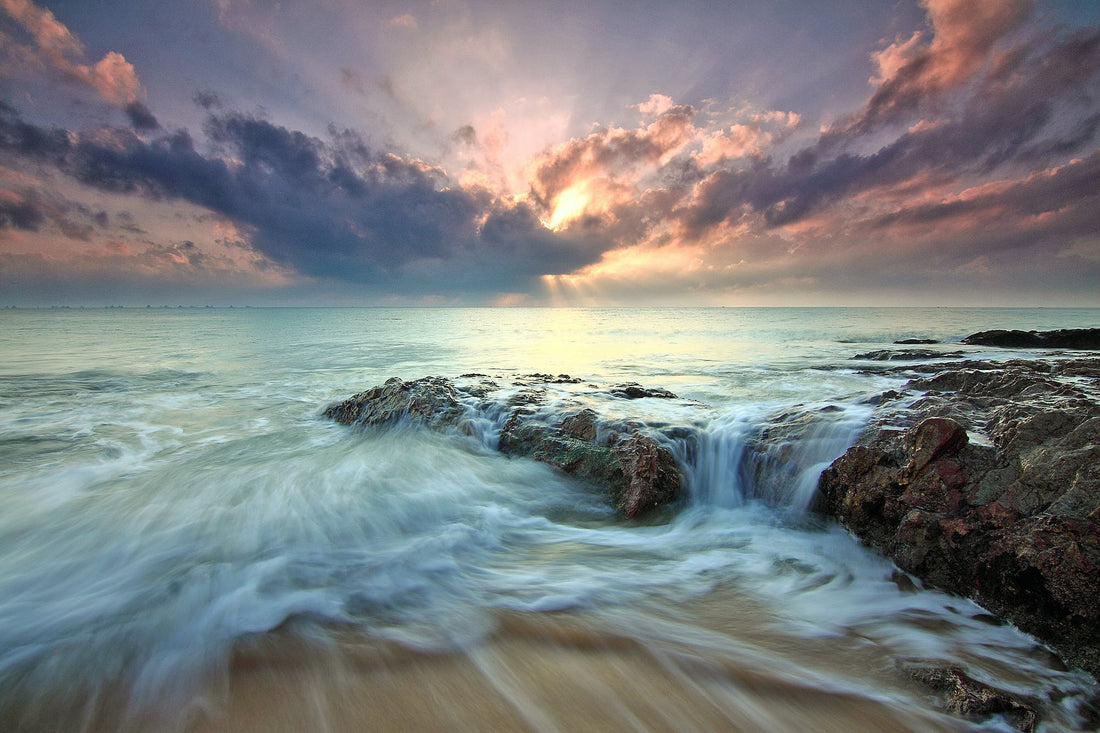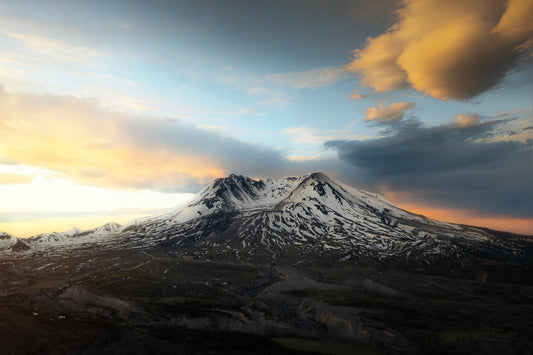Exposure is the cornerstone of photography, the fundamental building block upon which all captivating images are created. Whether you're a beginner photographer looking to improve your skills or an experienced pro aiming to fine-tune your craft, understanding exposure is crucial. In this guide, we'll delve deep into the significance of exposure levels in photography and equip you with the knowledge needed to capture stunning shots! Let's uncover the secrets of exposure and why it's a skill every photographer should master.

What Is Exposure in Photography?
At its core, exposure refers to the amount of light that reaches your camera's sensor or film. It's the delicate balance between three essential settings: aperture, shutter speed, and ISO. Getting exposure right ensures that your image isn't too bright (overexposed) or too dark (underexposed), allowing you to convey your creative vision effectively.
Why Is Proper Exposure Important?
-
Aesthetic Appeal: Perfect exposure results in a visually pleasing image. It brings out the details, colors, and textures in your subject, making it look vibrant and lifelike. Overexposed or underexposed photos often lack the depth and vibrancy that properly exposed images possess.
-
Storytelling: Photography is a medium for storytelling. Your exposure choices can set the mood and tell a story within a single frame. A well-exposed photo can convey a warm and sunny day or a moody and mysterious night, adding depth and emotion to your work.
-
Control Over Creative Elements: Proper exposure grants you control over essential creative elements. You can control depth of field (aperture), motion blur (shutter speed), and noise (ISO) to match your artistic vision.
-
Minimizing Editing Time: While post-processing can enhance your photos, starting with a well-exposed image reduces the need for extensive editing. This can save you time and maintain the authenticity of your shots.

The Exposure Triangle: Aperture, Shutter Speed, and ISO
Understanding exposure involves mastering the three elements of the exposure triangle:
-
Aperture: Aperture refers to the size of the lens opening. It influences the amount of light entering the camera and controls depth of field. A wider aperture (e.g., f/1.8) lets in more light and produces a shallow depth of field, perfect for portraits with a blurred background. A smaller aperture (e.g., f/16) allows less light and results in a deep depth of field, ideal for landscapes.
-
Shutter Speed: Shutter speed determines how long the camera's sensor is exposed to light. A fast shutter speed (e.g., 1/1000s) freezes motion, while a slow shutter speed (e.g., 1/30s) captures motion blur. Understanding this setting is essential for capturing action shots or long-exposure creative effects. (*example of each type below*)
-
ISO: ISO measures the sensitivity of your camera's sensor to light. A low ISO (e.g., 100) is suitable for bright conditions and produces clean, noise-free images. In low-light situations, you can increase the ISO (e.g., 800 or higher) to capture enough light, but this can introduce noise (grain) into your photos.
 (*fast*)
(*fast*)
 (*slow*)
(*slow*)
Balancing the Exposure Triangle
Achieving perfect exposure involves finding the right balance between these three settings. Here's how they interact:
-
Aperture and Depth of Field: If you want a blurred background (shallow depth of field), use a wide aperture like f/2.8. For landscapes where you want everything in focus, choose a smaller aperture like f/11.
-
Shutter Speed and Motion: Fast-moving subjects require a fast shutter speed to freeze action. Slower shutter speeds can create a sense of motion or allow for long-exposure effects like light trails or smooth water.
-
ISO and Lighting Conditions: In low-light situations, increase the ISO to capture more light. However, use the lowest ISO possible in well-lit conditions to maintain image quality.

The Exposure Triangle in Practice
Let's break down how the exposure triangle works in real-world scenarios:
-
Portrait Photography: For a portrait with a blurred background (bokeh), use a wide aperture (e.g., f/1.8) to isolate the subject. Adjust the ISO and shutter speed to maintain proper exposure, ensuring the subject is well-lit without overexposing the background.
-
Landscape Photography: In landscape photography, you often want a deep depth of field to capture all the details. Use a smaller aperture (e.g., f/11), a low ISO, and a tripod to keep the camera steady during longer exposures.
-
Action Photography: When photographing fast-moving subjects like sports or wildlife, use a fast shutter speed (e.g., 1/1000s or faster) to freeze the action. Adjust the aperture and ISO accordingly to maintain proper exposure.
-
Low-Light Photography: In low-light situations, increase the ISO to capture enough light. Keep in mind that higher ISO settings can introduce noise, so find a balance between noise and exposure.
Conclusion
Mastering exposure in photography is the key to unlocking your creative potential. It's not just about getting the right amount of light; it's about using light to tell your story, evoke emotions, and create stunning images. The exposure triangle—aperture, shutter speed, and ISO—gives you the tools to control your photography and bring your artistic vision to life.
As a photographer, practice and experimentation are your best friends. Understanding exposure is not something that happens overnight, but with time and dedication, you'll develop an instinct for balancing these settings. So, grab your camera, venture out, and start capturing the world in all its beautifully exposed glory. Your photographic journey has just begun, and the possibilities are endless. Happy shooting!
Check out some of our featured photographers here!








1 comment
Incredibly helpful insights and tips!